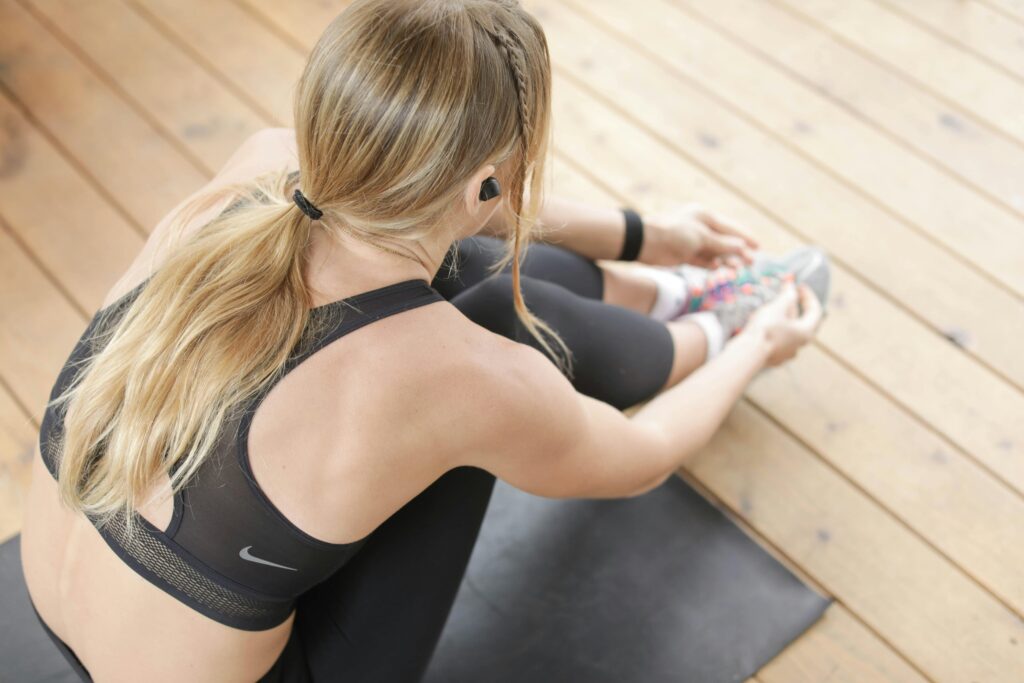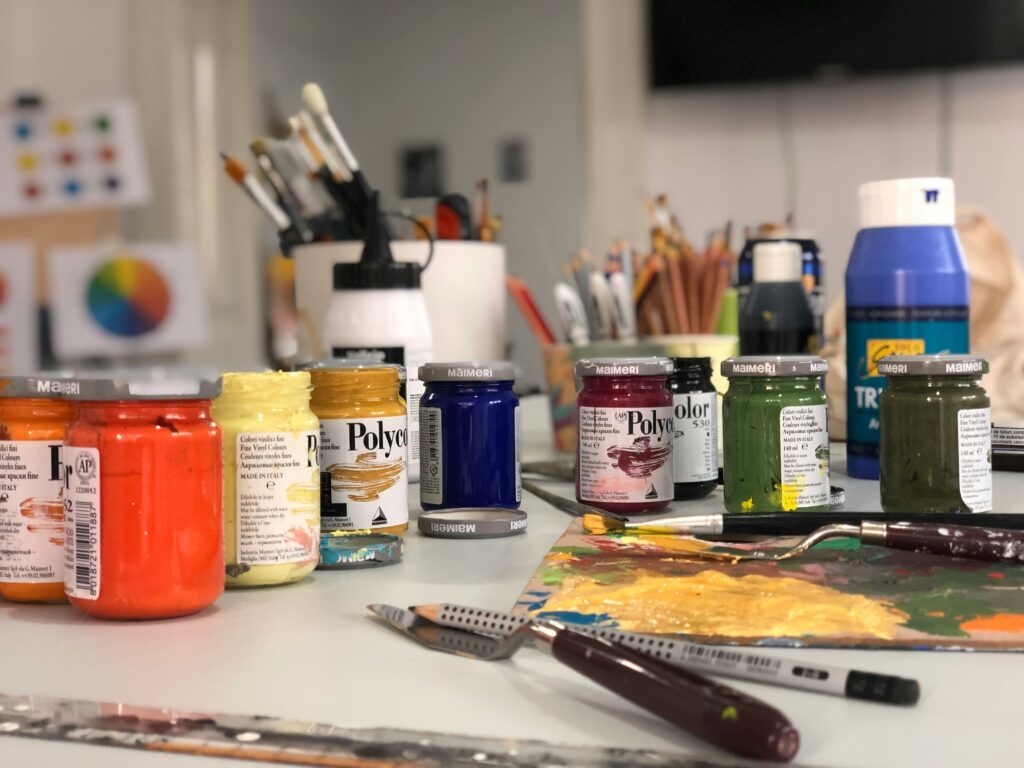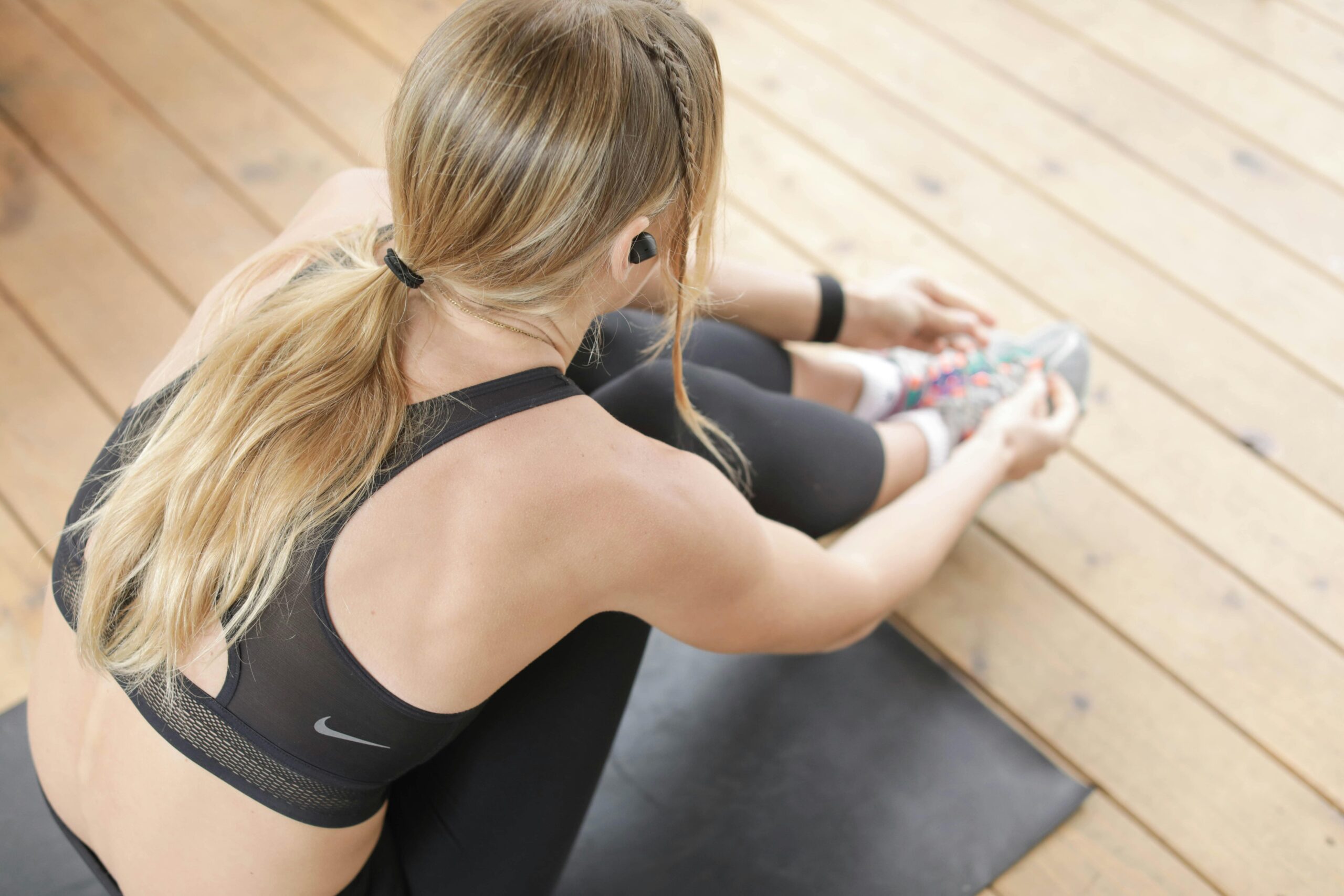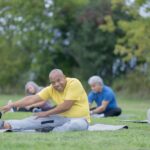Now Reading: Daily Exercise Routines for Recovering Addicts
-
01
Daily Exercise Routines for Recovering Addicts
Daily Exercise Routines for Recovering Addicts
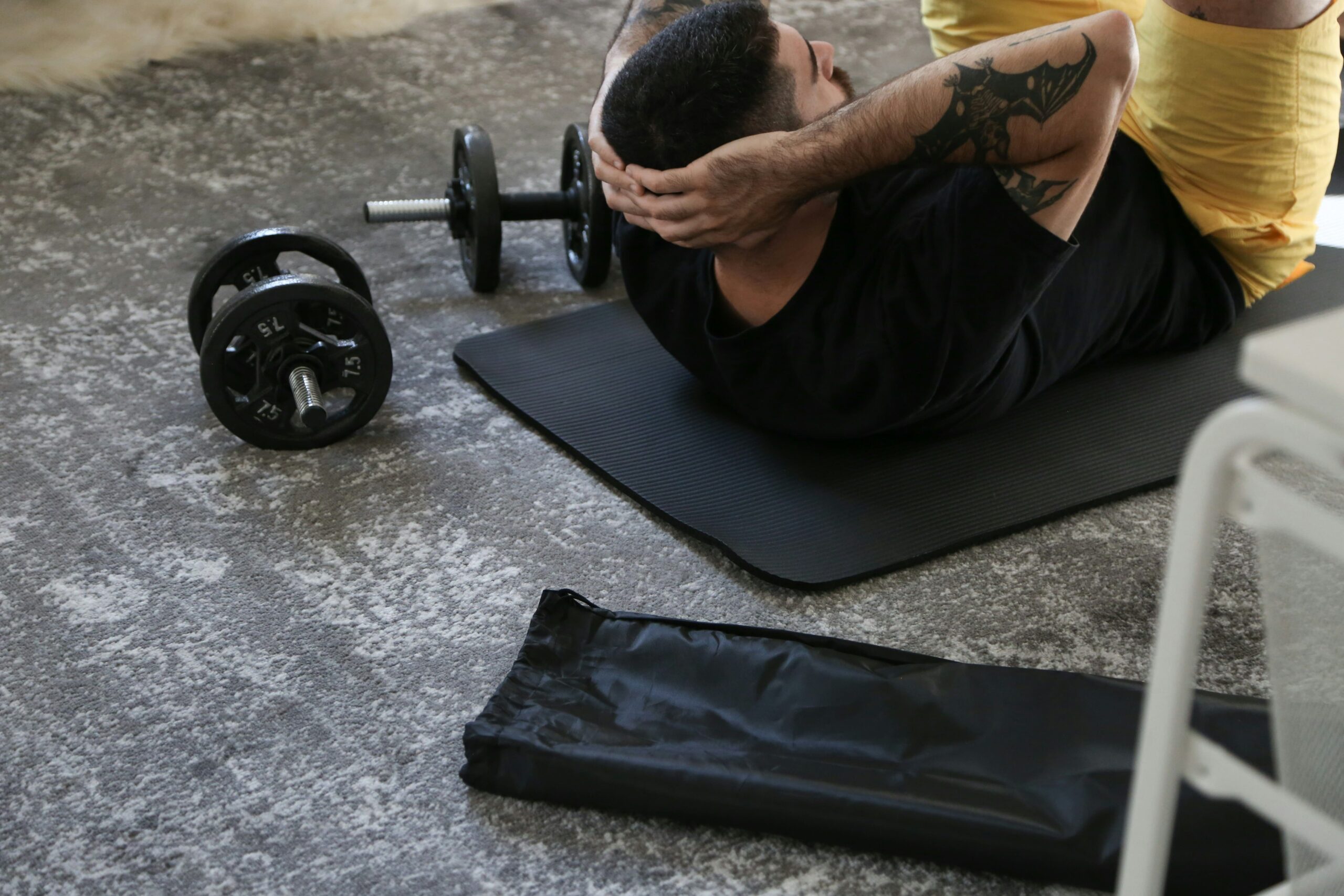
Recovery is a journey that calls for strength, consistency, and self-compassion. While therapy, support groups, and nutrition play major roles, daily exercise routines for recovering addicts can offer a powerful boost to both mental and physical healing. Movement creates structure, builds confidence, reduces cravings, and promotes overall well-being.
In this article, we’ll explore the benefits of exercise during recovery and outline specific, simple routines that support lasting sobriety.
Why Exercise Supports Addiction Recovery
Daily movement isn’t just about building strength or losing weight. For individuals recovering from addiction, it offers profound mental and emotional healing. Research from the Journal of Substance Abuse Treatment shows that regular physical activity can reduce anxiety, improve mood, and lower relapse rates by up to 25% (Wang et al., 2014).
Key Benefits:
- Reduces cravings: Exercise stimulates dopamine naturally, easing the brain’s dependency on substances.
- Improves mood: Physical activity boosts serotonin and endorphins, which help manage depression and anxiety.
- Enhances sleep quality: Consistent movement helps regulate sleep cycles, a common struggle in early recovery.
- Builds structure: Sticking to daily exercise routines for recovering addicts offers predictability and a sense of control.
- Encourages social connection: Group fitness, walking buddies, or online communities reduce isolation.
Getting Started: Setting the Foundation
Before jumping into a routine, keep these points in mind:
- Start slow: If you’re new to exercise or just starting recovery, ease in gently to avoid injury or burnout.
- Listen to your body: Some days may feel tougher than others. Rest is part of recovery, too.
- Set simple goals: Instead of intense targets, aim for “movement every day,” even if it’s just a walk around the block.
- Track your progress: A journal or fitness app can help reinforce your progress and boost motivation.
Recommended Daily Exercise Routines for Recovering Addicts
Let’s break down effective and realistic daily routines. These exercises are beginner-friendly, adaptable, and rooted in mindfulness.
🧘♂️ 1. Morning Stretch and Breathwork (10–15 minutes)
Begin each day with mindful movement. This sets a calming tone and reconnects you with your body.
Routine:
- 2 minutes of deep breathing (inhale 4, hold 4, exhale 4)
- 5 minutes of gentle stretching (neck rolls, shoulder circles, side bends)
- 5 minutes of basic yoga poses: Child’s Pose, Cat-Cow, and Downward Dog
Benefits: Activates parasympathetic nervous system, lowers morning anxiety, and promotes body awareness.
🚶♀️ 2. Midday Walk or Light Cardio (20–30 minutes)
Walking is one of the most underrated exercises, especially in early recovery. It’s low-impact, clears the mind, and is easy to stick with.
Options:
- Walk in nature or your neighborhood
- Light cycling
- Jogging at your own pace
Pro Tip: Pair your walk with a motivating podcast or playlist.
🏋️ 3. Strength Training (2–3 days per week, 30 minutes)
Resistance exercises help rebuild confidence and a healthy body image. They also improve sleep and metabolism.
Beginner Routine:
- 3 sets of:
- 10 squats
- 10 push-ups (modify on knees if needed)
- 10 lunges per leg
- 30-second plank
Use resistance bands or light weights if available. Rest for 60 seconds between sets.
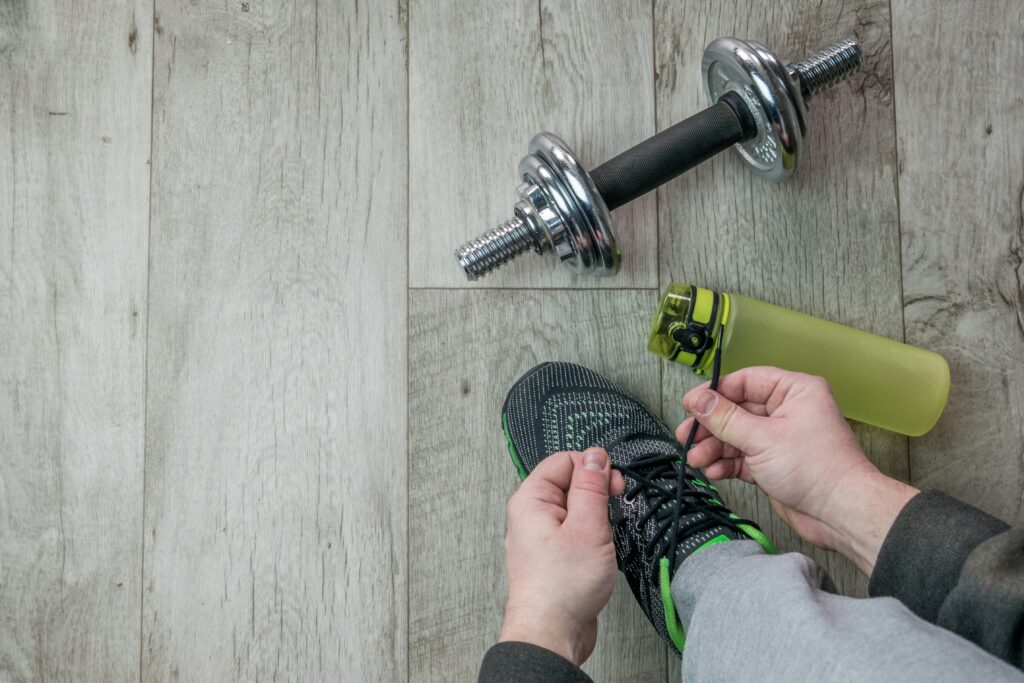
🧘 4. Evening Wind-Down Routine (15–20 minutes)
This helps release the day’s tension and prepares your body for restful sleep.
Routine:
- 5 minutes of journaling or gratitude reflection
- 10 minutes of restorative yoga: Legs-Up-The-Wall, Reclining Twist, and Corpse Pose
- Optional: Guided meditation or calming music
Weekly Structure for Balance
Here’s a sample weekly template for daily exercise routines for recovering addicts:
| Day | Activity |
|---|---|
| Monday | Morning stretch + Walk |
| Tuesday | Stretch + Strength workout |
| Wednesday | Walk or gentle yoga |
| Thursday | Strength workout + meditation |
| Friday | Nature walk or light jog |
| Saturday | Yoga or group fitness class |
| Sunday | Rest day or slow movement |
Tips to Stay Committed
- Make it social: Invite a friend, join a local class, or use online fitness communities.
- Celebrate small wins: Even a short walk is a success. Avoid perfectionism.
- Keep it visible: Leave out your workout clothes, write it in your planner, or set calendar reminders.
- Pair with therapy: Talk to your counselor about your movement journey and how it’s impacting your mood.
Real-Life Testimonials
“I started walking every morning after leaving rehab. Over time, that simple routine helped clear my head and gave me something to look forward to.”
— Jake, 33, in recovery for 2 years
“Strength training reminded me I’m not broken. Every rep felt like reclaiming a part of myself.”
— Natalie, 41, sober for 15 months
Conclusion: Movement Is Medicine
Incorporating daily exercise routines for recovering addicts into your recovery plan isn’t just about physical health. It’s about building habits that align with healing, connection, and emotional stability. Whether it’s a walk, a stretch, or lifting weights, each movement becomes a step toward strength and sobriety.
Sources:
- Wang D. et al. (2014). “Exercise as an Intervention for Drug Abuse.” Journal of Substance Abuse Treatment.
- National Institute on Drug Abuse (NIDA). “Physical Activity and Recovery.”

Jen Sheldon is a seasoned writer with a passion for fitness, health, wellness, and addiction treatment. With years of experience crafting insightful and research-backed content, she helps readers navigate their journey toward better well-being. When she’s not writing, you’ll find her exploring new workout routines or diving into the latest health trends.











